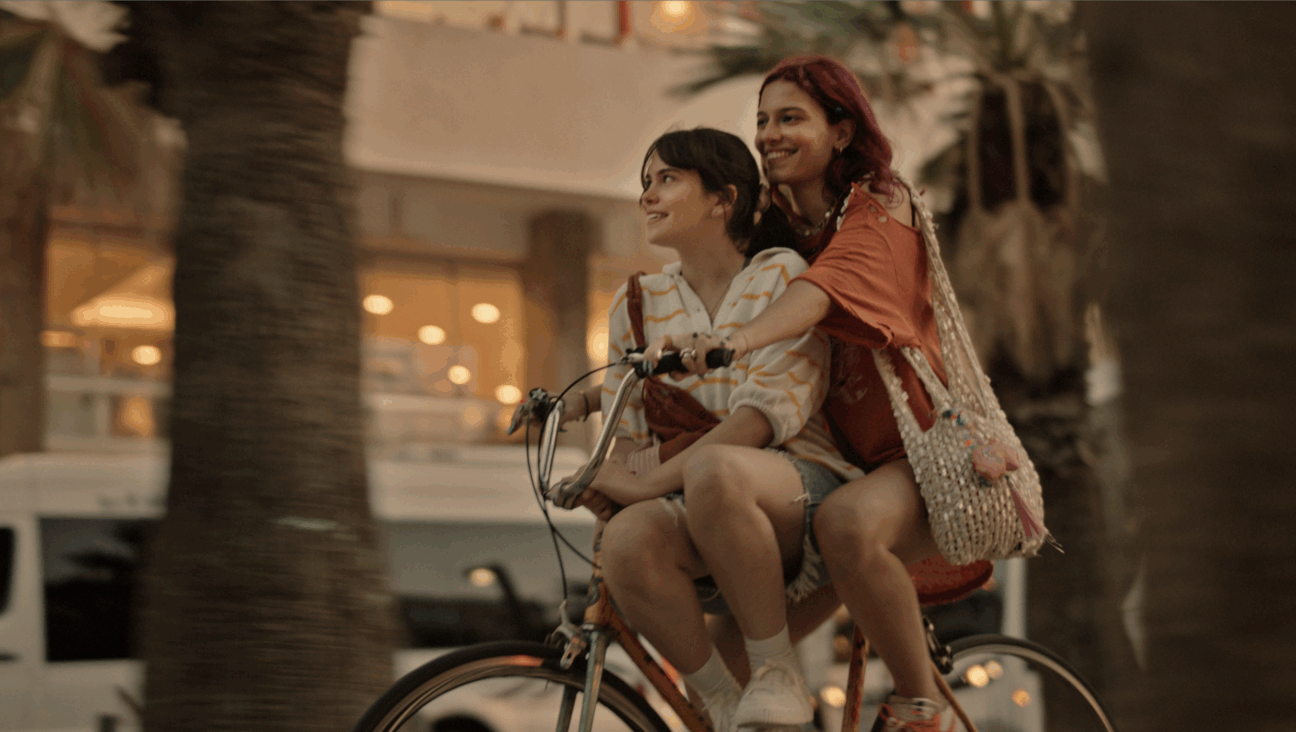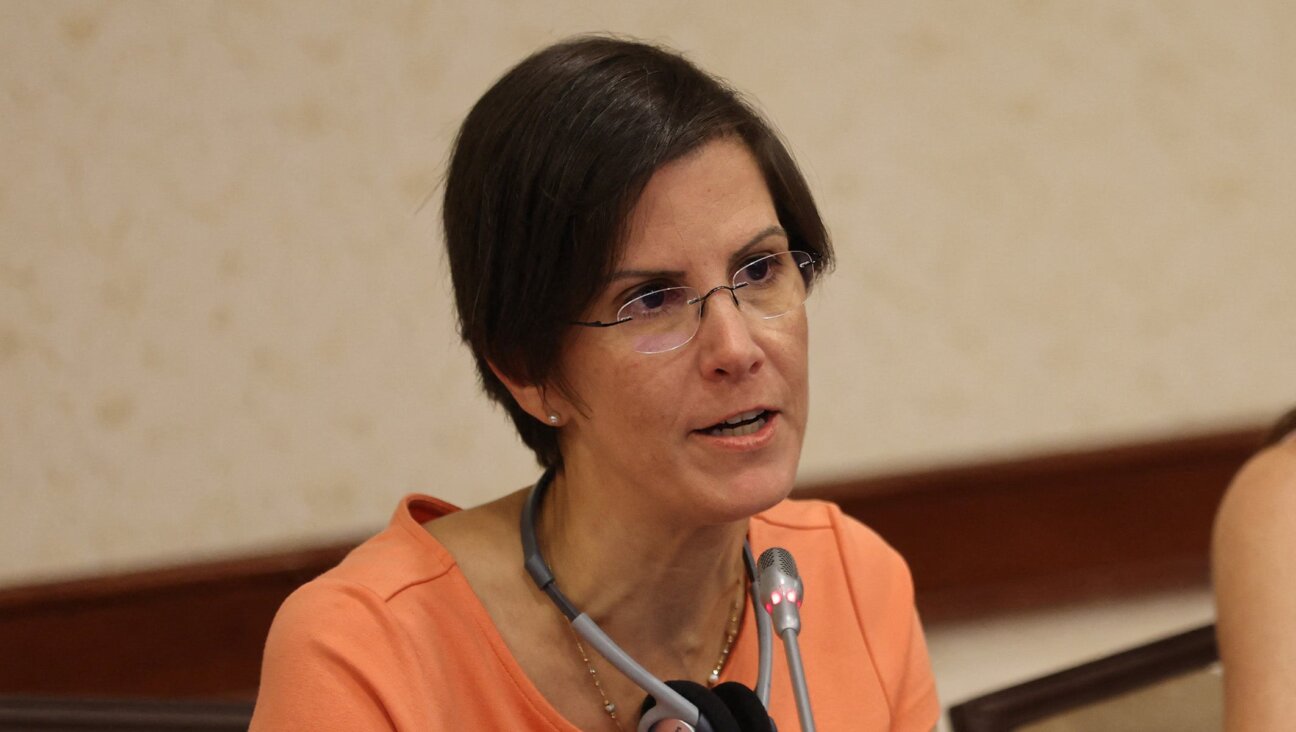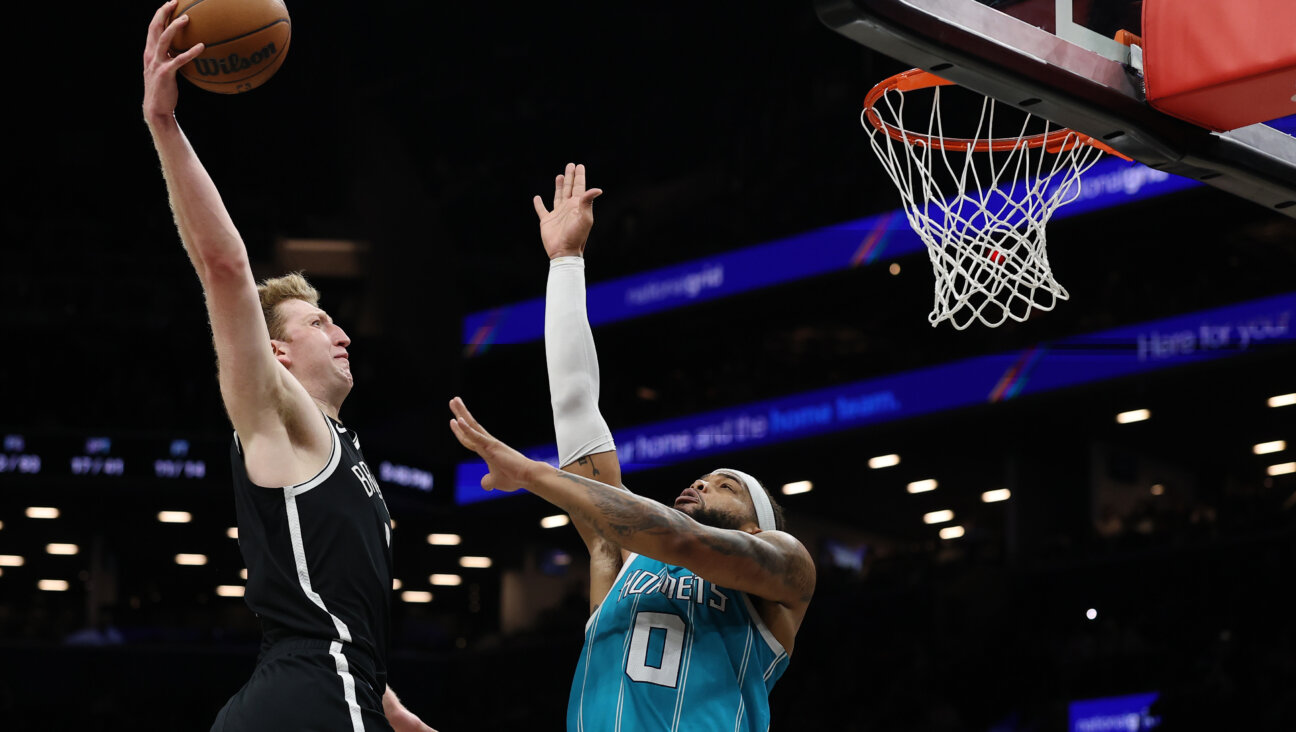The Kittel as Maternal Love

Jacqueline Nicholls? ?Maternal Kittel? Image by courtesy Jacqueline Nicolls
“She is not worried for her household because of the snow, for her whole household is dressed in scarlet. ” (from ‘Eshet Chayil’ – Proverbs 31:21)
This kittel explores the mother as dressmaker. When she clothes her children she is providing not just physical protection, but also nurturing and caring for them, even when she is absent.
Mothers have always done this. In the Bible’s Book of Samuel 1, Chapter 2, Hannah says goodbye to Shmuel and leaves him at the Mishkan with an ‘ephod’ a white linen garment. According to the midrash this garment grew as the boy grew older, keeping him constantly connected to his mother, who had prayed so desperately for a child. In Genesis, Rivka dresses her favorite son, Ya’acov, in his older brother’s clothing so they can fool his father into giving him the first-born son’s blessing. He then left and never saw his mother again. When Adam and Chava leave Gan Eden, God acts as their mother when clothing them to face the world.
I was reminded of these stories at a recent exhibition, “Threads of Feeling: The London Foundling Hospital’s Textile Tokens 1740-1770.” When mothers left babies at London’s Foundling Hospital in the mid-eighteenth century the Hospital often retained a small token, usually a piece of fabric taken from the mother’s clothing, as a means of identification. Each scrap of material reflects the life and of a single child and his or her bond to their absent mother. Some of these textile pieces have been fashioned into rosettes for the babies’ clothing. Some are decorative ribbons, embroidered with names and tokens of love and wishes for a good life.
In every culture, mothers and grandmothers express their wish for protection for their precious children’s lives using amulets, often attached to the child’s clothing or bedding. My great-grandmother would sew a red ribbon into clothing to keep away the evil eye. When my daughters were born, my grandmother gave me a long piece of ribbon so that I could do the same.
On this kittel, I have embroidered in red the outline of a child’s dress pattern to show how the mother’s garment can be transformed into the child’s. This merging of the mother into the child is also illustrated in the soft styling of a child-like peter-pan collar.
Hanging around the collar is a tape measure embroidered with the phrase “how much does mummy love you…” Mothers say this out of wonder and awe at the amount of love they have to give. But children can hear it differently, and begin to question “how much exactly does mummy love me? What are the limits of this love?” and test the boundaries.
Dressmaking has been part of my family’s story. My great-grandmother was a professional dressmaker. She died before I was born but I heard many stories and evocative descriptions of what she used to make, of her abilities and talent. My grandmother never formally taught me to sew or knit, but she would cast an inspecting eye over my work, raise an eyebrow and describe the type of finish that I should aspire to. She gave me all her old sewing materials, half-finished embroidery pieces, and for years I used her 1940‘s Singer sewing machine.
She died a few years ago, but I still have her voice in my head as I work, especially when paying meticulous attention to detail, mindful that I have these women’s standards to live up to.
Jacqueline Nicholls is a London-based artist, whose “The Kittel Collection is being featured on The Sisterhood. Her website is jacquelinenicolls.com.
















